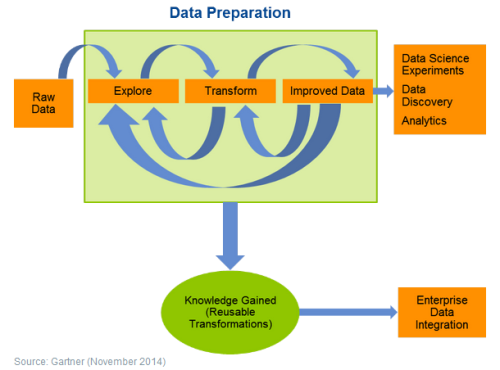It’s a given that I’m a fan of data. Precise indicators that give the ability to establish baseline counts and segments. However, in our world we’re often left to make assumptions about whether the numerals have consistent meaning from constituent to constituent. Nothing can replace the rich information we’re able to gather when speaking directly with a constituent. And surveys are a perfect method to engage and inquire, in a very specific way.
The quote above is from a New York Times article by Tim Lahan. He describes how too often we look at big data (such as email clicks, social media likes, etc.) as insightful when true insight can only be gleaned by placing the clicking behavior in context of the user experience.
So instead of assuming that our constituents feel more connected to us as a result of mailing out a big report or sending a video, why not ask? The information could be used to start forming content preference models and we could spend our communications budget delivering content that resonates with the recipients.
Click on the quote above to read Mr. Lahan’s article.
![]()
















